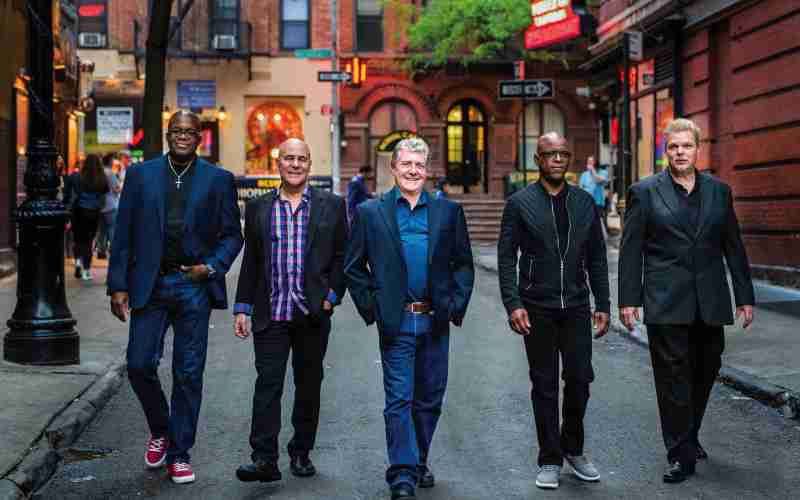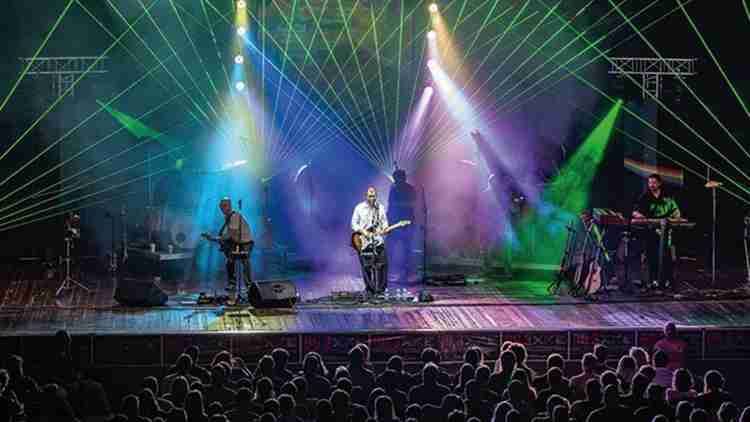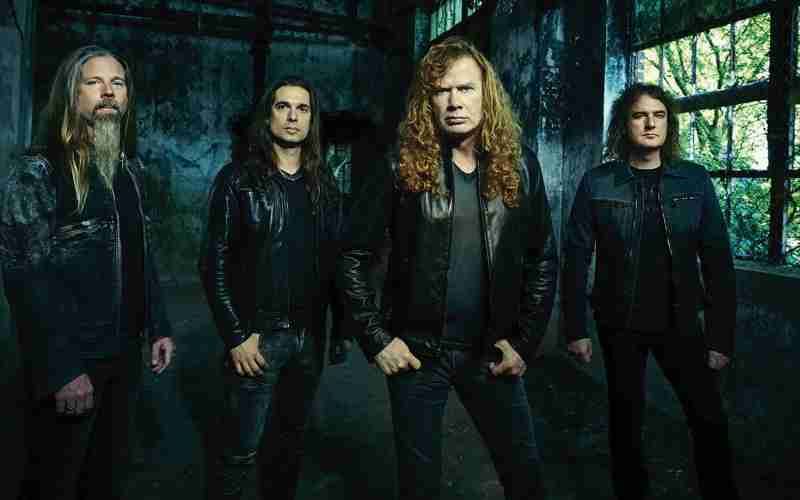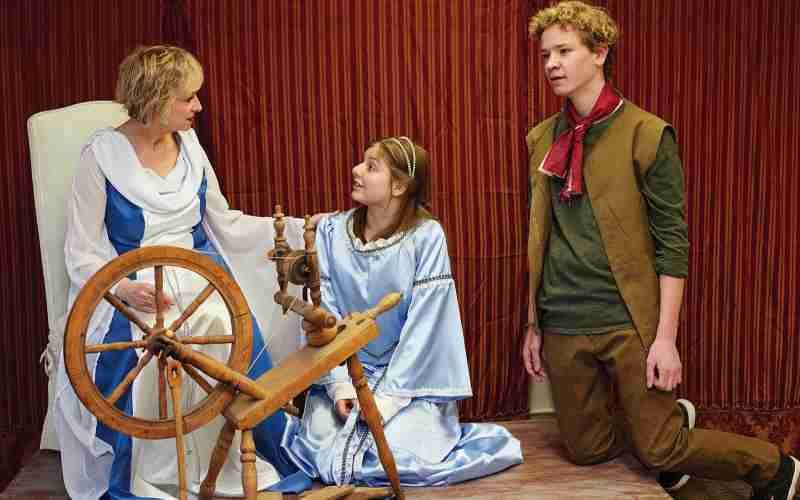Spyro Gyra has given the world 45 years of jazz to go with 35 albums (one platinum and two gold) about 10 million album sales, and 12 Grammy nominations, with saxophonist Jay Beckenstein and keyboardist Tom Schuman still with the band they started in Buffalo, New York, when Schuman was 16.
They are revered as the progenitors of “smooth jazz” and trail-blazers of adult contemporary radio, but they are here to make the case that they have always been much more, delving deeply into fusion, Latin, world music, and more.
Beckenstein even created an iconic moment in progressive metal with the band Dream Theater.
Spyro Gyra will be at The Clyde Theatre on Saturday, April 23.
Ushering in New Genre
Bursting onto the pop charts in 1978 with “Shaker Song,” Spyro Gyra’s debut self-titled album was instrumental and was followed up by Morning Dance. It was about this time that Billboard magazine coined the term “adult contemporary” for a radio format that would create megastars.
Beckenstein’s saxophone playing is supremely lyrical, fronting a band that favors songs without words. He’s the inspiration for so many sax artists of the ensuing decades.
“This whole thing of how jazz flows as a very long river, and it’s not a river where suddenly there’s a waterfall,” he said in a phone interview with Whatzup. “Our evolution came out of Miles Davis, Weather Report, the Brecker Brothers, and all the wonderful R&B music that we grew up with.
“Now there were elements in what we did back then that absolutely foreshadow what later came to be smooth jazz. But it would be three cuts on a record at the most, where we went more in a contemplative way. And it really had more to do with John Coltrane’s ballads.
“So when later on in the mid-’80s, people like Kenny G and others played this soft R&B style, and I am not going to pass judgments on it whatsoever, it is what it is. You can trace it back, I believe, to certain songs that my partner Jeremy Wall wrote. Listen to a Spyro Gyra song called ‘Cascade’ from 1978 and you hear Kenny G from 1986. In that sense, we foreshadowed smooth jazz, but what we were doing, that was only a very small portion.
“At the same time, we were experimenting in Latin and world music. We were fusion artists. I mean, we had a much more … that was not where we were headed whatsoever, but I can’t deny that some stuff we did predated it. It’s true.”
Sticking Around
Past their iconic albums in the ’70s, studio productions featuring stellar New York session cats, Spyro Gyra was determined to forge an identity as a self-contained band.
Fusion guitarist Julio Fernández injects soulful Latin character and bassist Scott Ambush pushes the band into muscular funk, slapping with astonishing precision as often as he’s unleashed.
Drummer Lionel Cordew has decades of experience of backing a parade of R&B stars.
Beckenstein saves the greatest praise for founding synthesizer and piano player Schuman, “the most underestimated musician I have ever known.”
“You know why people stick around Spyro Gyra?” Beckenstein asked. “First of all, it’s a band that is not a caricature of itself. We’re not out there replaying the glory days, or trying to be what we were in 1980 or whatever. We’ve organically moved and changed over the years, and we’re never looking backwards. We’re looking forwards. That is a great thing for a musician to be involved in. It’s a band that has always encouraged its individual members to write and to feature themselves.”
Dabbling in New Sounds
At the Clyde, you’ll hear “a balance: A quarter of the material is the hits we had, a quarter is featuring individuals in the band, another quarter is our picks from a huge catalog of music, and the last quarter is playing classics, but not necessarily what you would expect.”
Spyro Gyra has performed on six continents. These days, it’s European audiences that inspire Beckenstein to keep at it.
“We’re younger in Europe,” he joked. “Our audience in the States is older. In Europe we have a much more youthful audience. That’s a lot of fun.”
It’s also in Europe that he gets frequently reminded by fans of his signature turn on progressive metal band Dream Theater’s 1992 breakthrough Images and Words. He owned the studio where the album was cut.
“One of the guys came down the stairs and said, ‘Hey, we got this space, you want to try a saxophone solo?’ OK, why not? I went up and it was obvious to me what I should play and what they were looking for. And it was a one-take thing.”
He made a couple of appearances on later albums and a few concerts.
A couple of years ago, the jazzers at Sweetwater Sound sponsored the band in a recording studio master class, but Beckenstein is astonished when reminded that Spyro Gyra has never played a concert in Fort Wayne.
“Honestly, who the hell knows about Fort Wayne?” he said. “But for me, and a lot of musicians, the fact that Sweetwater is there puts Fort Wayne on the map.”
 Submit Your Event
Submit Your Event




